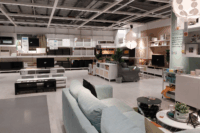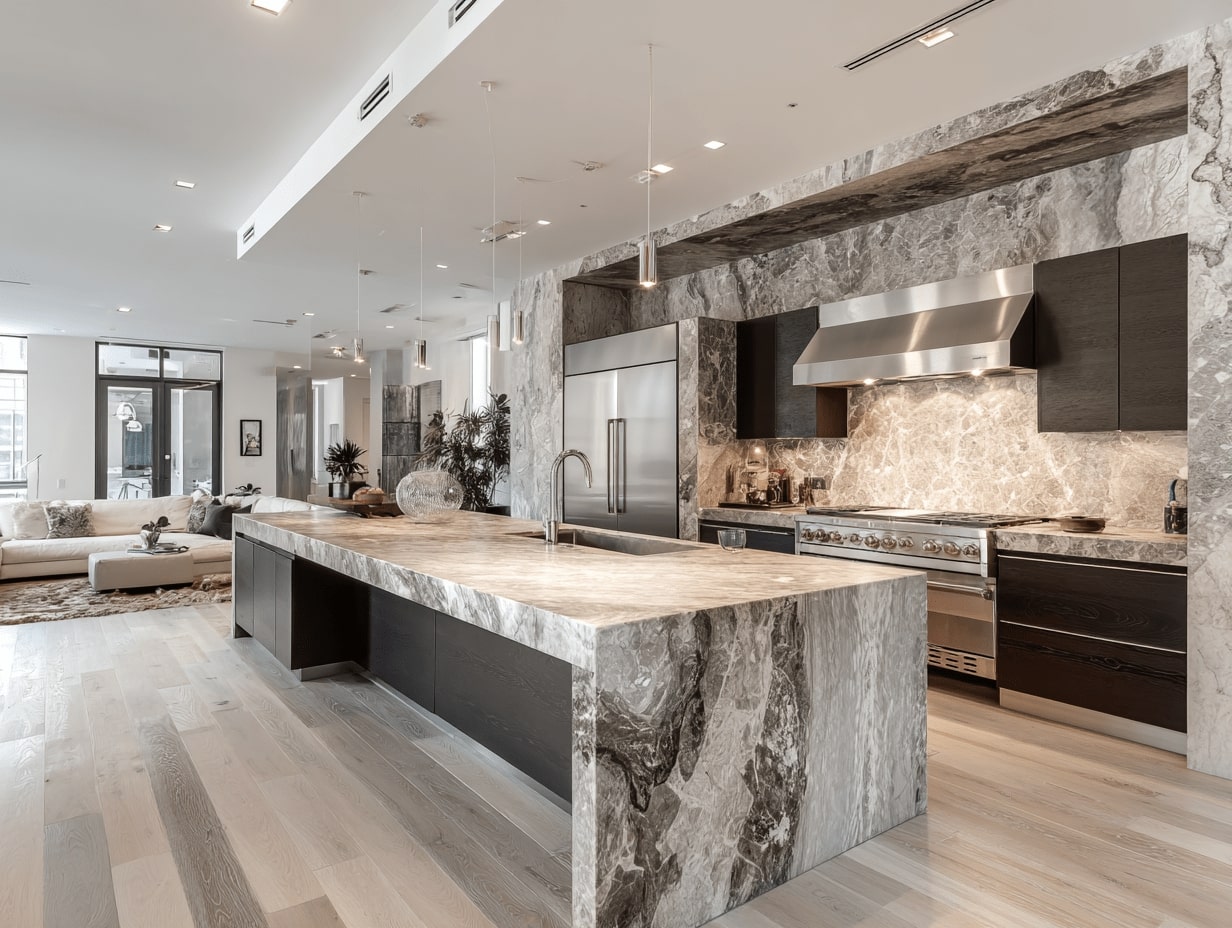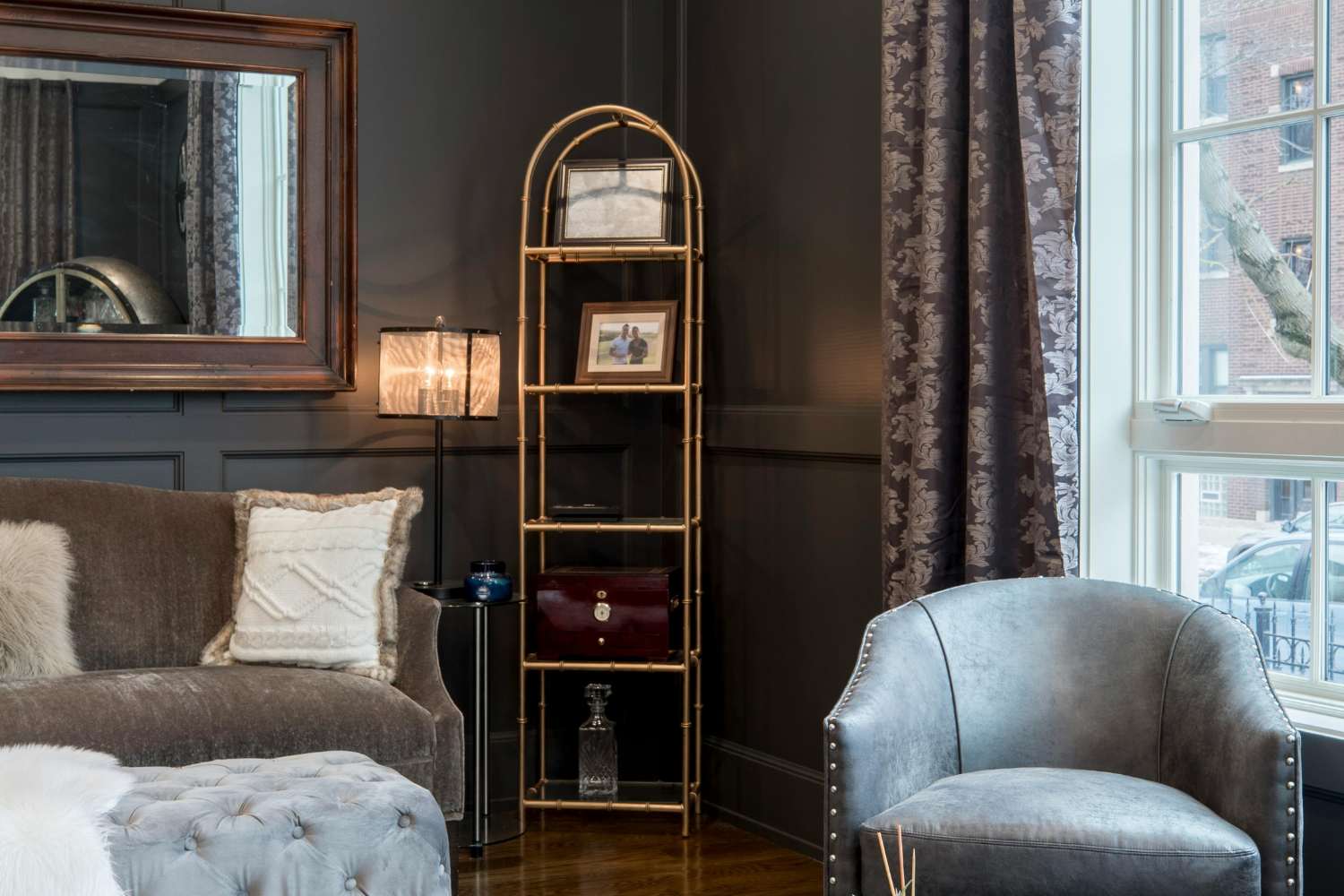- Home
- Articles
- Architectural Portfolio
- Architectral Presentation
- Inspirational Stories
- Architecture News
- Visualization
- BIM Industry
- Facade Design
- Parametric Design
- Career
- Landscape Architecture
- Construction
- Artificial Intelligence
- Sketching
- Design Softwares
- Diagrams
- Writing
- Architectural Tips
- Sustainability
- Courses
- Concept
- Technology
- History & Heritage
- Future of Architecture
- Guides & How-To
- Art & Culture
- Projects
- Interior Design
- Competitions
- Jobs
- Store
- Tools
- More
- Home
- Articles
- Architectural Portfolio
- Architectral Presentation
- Inspirational Stories
- Architecture News
- Visualization
- BIM Industry
- Facade Design
- Parametric Design
- Career
- Landscape Architecture
- Construction
- Artificial Intelligence
- Sketching
- Design Softwares
- Diagrams
- Writing
- Architectural Tips
- Sustainability
- Courses
- Concept
- Technology
- History & Heritage
- Future of Architecture
- Guides & How-To
- Art & Culture
- Projects
- Interior Design
- Competitions
- Jobs
- Store
- Tools
- More
Transformative Use of LED Lights in Lighting Design: Efficiency, Versatility, and Innovation
Discover how LED lights are transforming lighting design with their energy efficiency, longevity, and creative versatility. From cozy homes to commercial spaces, explore their adaptability, eco-friendliness, and smart features that enhance sustainability and modern living. Learn why LEDs are the future of innovative, efficient, and sustainable lighting solutions.

Lighting design has come a long way, and LED lights have become the game-changer we never knew we needed. With their energy efficiency and versatility, LEDs have revolutionized how we illuminate our spaces, blending functionality with creativity like never before. They’re not just about saving power—they’re about transforming the way we experience light.
Whether it’s creating a cozy ambiance at home or highlighting architectural details in commercial spaces, LEDs offer endless possibilities. Their adaptability allows us to experiment with colors, brightness, and even smart controls, giving us the freedom to design lighting that fits our unique style and needs. It’s no wonder LEDs have become a staple in modern lighting design.

Table of Contents
ToggleBenefits Of Using LED Lights In Lighting Design
LED lights offer numerous advantages that enhance lighting designs across industries. Their efficiency, lifespan, and cost-effectiveness make them a preferred choice for modern illumination systems.

Energy Efficiency
LED lights consume significantly less power compared to traditional lighting options like incandescent or fluorescent bulbs. According to the U.S. Department of Energy, LEDs use up to 75% less energy and emit less heat. This efficiency reduces electricity demand in both residential and commercial lighting applications. For instance, replacing old bulbs in a workspace or gallery with LEDs can lower overall energy consumption without compromising lighting quality.
Longevity And Durability
LEDs last considerably longer than other lighting technologies. A single LED can operate for 25,000 to 50,000 hours, far exceeding the lifespan of incandescent bulbs, which average around 1,000 hours. This extended lifespan reduces the frequency of replacements, making LEDs ideal for hard-to-reach installations like high ceilings or outdoor fixtures. They are also resistant to vibrations and temperature variations, ensuring reliable performance in various environments.
Cost Savings
Although initial costs for LEDs are higher, their long-term affordability offsets this drawback. Reduced energy consumption leads to smaller electricity bills. For a large-scale installation, such as lighting an office building, these savings can be substantial over time. Additionally, the reduced replacement frequency decreases maintenance costs, making LEDs a cost-effective solution for sustained use.
Applications Of LED Lights In Lighting Design
LED lights play a crucial role in modern lighting design, offering versatility across various settings. They enhance efficiency, aesthetics, and functionality in both indoor and outdoor environments.

Residential Lighting
LEDs in homes improve efficiency and flexibility. Dimmable LED bulbs allow us to adjust brightness according to mood, creating cozy or vibrant atmospheres as needed. Strip LEDs under cabinets or along staircases provide task lighting while enhancing style. Smart LED bulbs, controlled via apps or voice assistants, make managing home lighting intuitive and energy-efficient.
Commercial Spaces
Commercial designs use LEDs to optimize illumination and reduce costs. Retail stores focus on adjustable LED track lighting to highlight products and create appealing displays, while office spaces incorporate LEDs to deliver comfortable, uniform brightness that minimizes eye strain. LEDs in hotels enhance guest experiences, with color-tunable options for mood settings in lobbies, rooms, and restaurants.
Outdoor Lighting
Outdoor LED lighting combines durability and energy efficiency. Landscape lighting uses LEDs to highlight architectural features, plants, and pathways. Streetlights equipped with LEDs provide consistent illumination, increasing safety and reducing municipal energy costs. Motion-activated LEDs in outdoor security applications save energy by activating only when necessary.
Innovations In LED Lighting Design
LED lighting design continues to evolve, transforming how we illuminate spaces through advanced technology and creative applications. Recent developments emphasize smart features, enhanced customization, and adaptability.

Smart LED Technology
Smart LED systems integrate advanced controls, enabling dynamic and efficient lighting solutions. These LEDs connect to smart home ecosystems and operate via apps or voice commands, offering user-friendly control. Features include scheduling, remote operation, and automatic adjustments based on occupancy or daylight availability. For instance, motion-sensor LED lights enhance energy savings by activating only when needed. Additionally, features like color temperature adjustments optimize comfort and productivity in residential and commercial spaces.
Customizable Lighting Solutions
Modern LED technology offers unparalleled customization, ensuring flexibility in lighting design. Adjustable brightness, color-changing capabilities, and scene-setting options allow users to tailor lighting to specific needs or moods. For example, tunable white LEDs switch between warm and cool tones, accommodating different tasks. RGB LEDs, commonly used in retail and hospitality, create vibrant displays that attract attention. Custom-sized LED strips also enable creative designs for architectural accents and unique installations, elevating the visual appeal of spaces.
Environmental Impact Of LED Lighting
LED lights play a key role in reducing environmental harm while providing efficient illumination. Their widespread use drives significant advancements in sustainable lighting practices.

Reduced Carbon Footprint
LED lighting decreases overall carbon emissions. Compared to incandescent bulbs, LEDs consume up to 75% less energy, which directly reduces greenhouse gas production associated with electricity generation. For example, replacing a single 60-watt incandescent bulb with an equivalent 10-watt LED can cut CO2 emissions by approximately 160 pounds annually. Additionally, LEDs generate less heat, reducing cooling demands in indoor environments and indirectly lowering energy consumption.
Eco-Friendly Manufacturing
The production process of LEDs uses fewer hazardous materials. Unlike fluorescent lights, LEDs are mercury-free, avoiding toxic waste production. Many manufacturers employ recyclable components in LED construction, like aluminum heat sinks or glass covers, minimizing environmental waste. This environmentally conscious approach also extends to the reduced packaging of modern LED products, further decreasing their ecological impact.
Conclusion
LED lights are reshaping lighting design through energy efficiency, longevity, versatility, and environmental benefits. Their ability to consume up to 75% less power, last over 25,000 hours, and enhance design flexibility makes them indispensable in both residential and commercial spaces. From dynamic smart controls to eco-friendly manufacturing, LEDs represent a future-focused lighting solution that meets modern demands for sustainability and innovation.
- advanced LED lighting systems
- commercial LED lighting
- creative LED lighting ideas
- custom LED light design
- energy-efficient LED design
- innovative LED lighting
- LED light aesthetics
- LED light efficiency
- LED lighting design
- LED lighting for businesses
- LED lighting for homes
- LED lighting innovation
- LED lighting trends
- LED lights for design
- LED technology in lighting
- modern LED lighting
- smart LED lighting solutions
- sustainable LED lighting
- transformative LED lights
- versatile LED lighting
Submit your architectural projects
Follow these steps for submission your project. Submission FormLatest Posts
How Open Kitchens Create a Sense of Space Indoors (Without Sacrificing Function)
Open kitchens: see how sightlines, lighting, and smart layouts make rooms feel...
The Revival of Chunky Fiber Crafts in Modern Interior Design
Contemporary interior architecture has shifted away from hard minimalism. After a decade...
What Have Been the Biggest Interior Design Trends of 2025 – And Are They Here to Stay?
Differentiating between timeless and fleeting designs? This talent is what separates great...
Minimalist Luxury Interior Design for Modern Dubai Homes
Minimalist luxury is quickly becoming the signature look in many Dubai homes...












Leave a comment